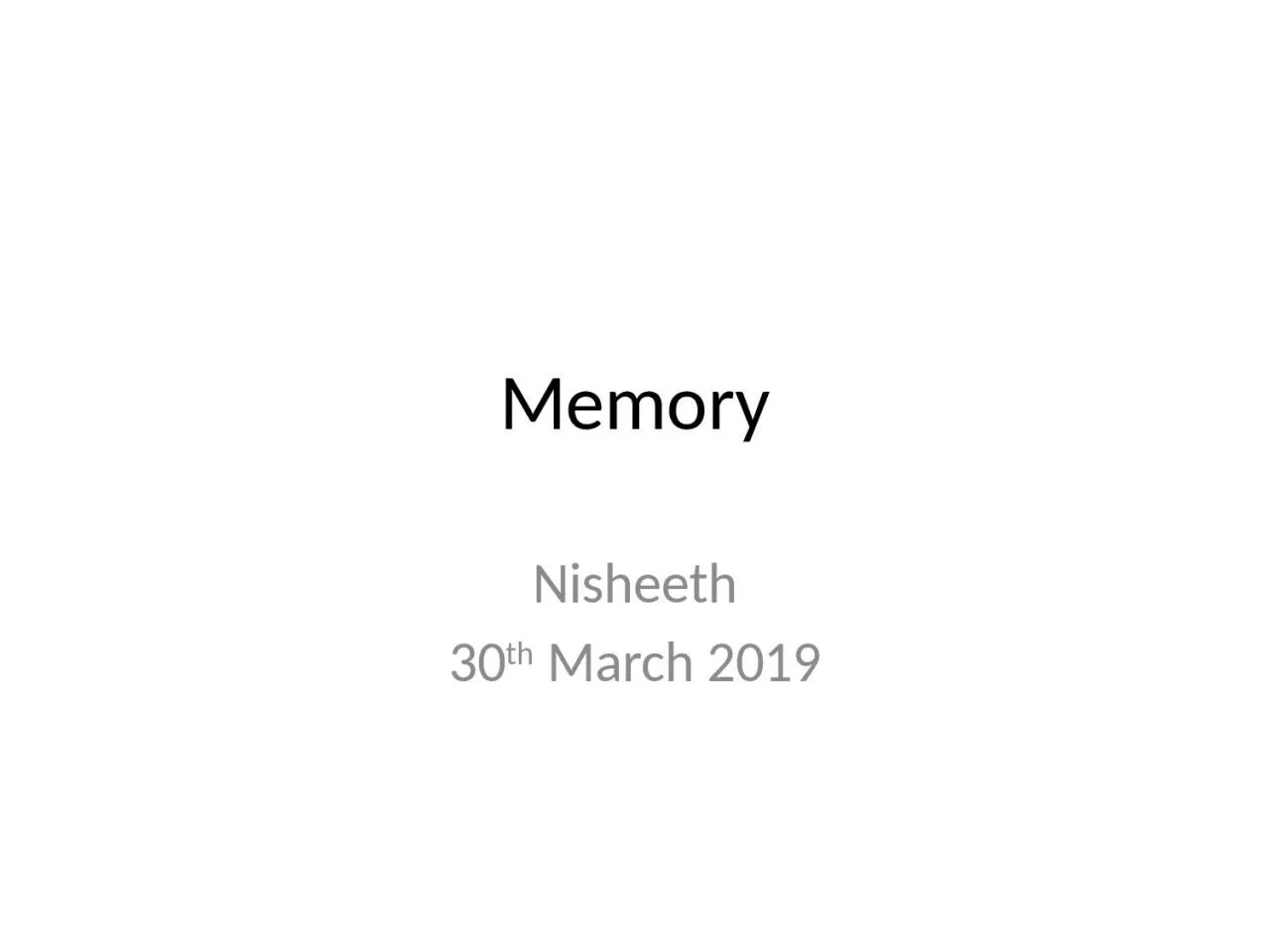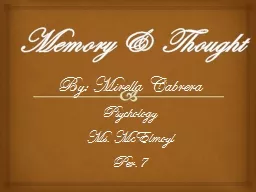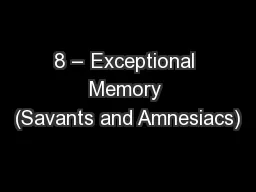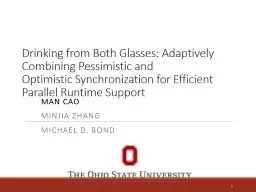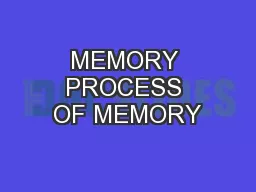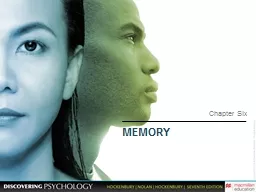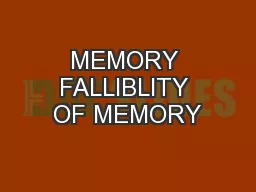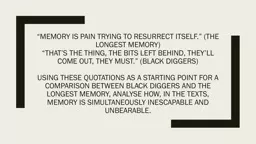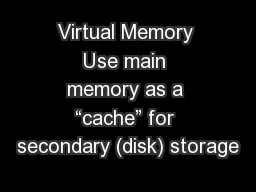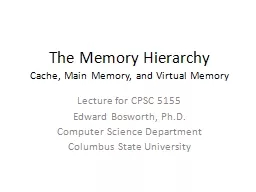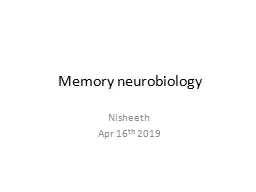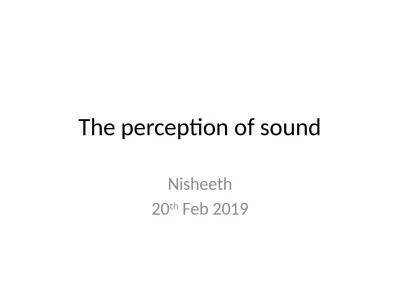PPT-Memory Nisheeth 30 th March
Author : josephine | Published Date : 2022-06-15
2019 Course trajectory Foundations Perception Categorization Memory Behavior Motor Mental Speech What do we mean by memory We focus on explicit memory Explicit
Presentation Embed Code
Download Presentation
Download Presentation The PPT/PDF document "Memory Nisheeth 30 th March" is the property of its rightful owner. Permission is granted to download and print the materials on this website for personal, non-commercial use only, and to display it on your personal computer provided you do not modify the materials and that you retain all copyright notices contained in the materials. By downloading content from our website, you accept the terms of this agreement.
Memory Nisheeth 30 th March: Transcript
Download Rules Of Document
"Memory Nisheeth 30 th March"The content belongs to its owner. You may download and print it for personal use, without modification, and keep all copyright notices. By downloading, you agree to these terms.
Related Documents

